Regarding Africa: Contemporary Art and Afro-Futurism
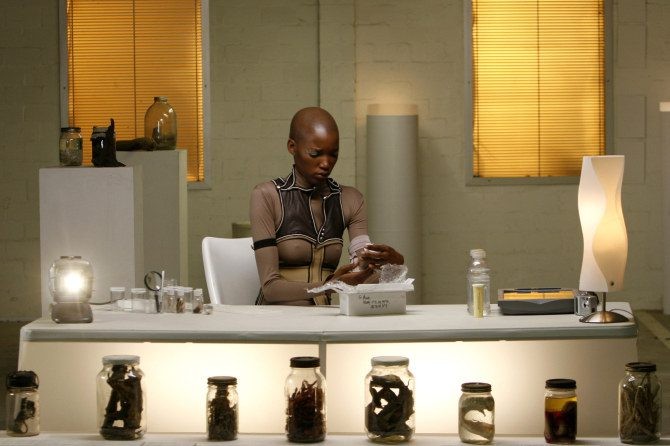
Regarding Africa: Contemporary Art and Afro-Futurism
09 December 2016
This large-scale group exhibition presents art being made today in, or about, Africa, from an Afro-futurist perspective that challenges traditional divisions: fantasy, imagination and cosmology, usually associated with past mythology, are incarnated into science fiction and futurist representation.
The various narratives span between colonialism and its ramifications to a re-examination of the African body, landscape and culture—through utterances that shatter the usual distinction between truth and fiction, between myth and science, between technology and spirituality.
The term Afro-futurism refers to music that grew during the 1960s among Afro-Americans as well as to the poetry, comics, cinema and art that developed later. Today it applies to a wide range of art that reflects, in various absurd ways, an African version of futurism. That is, the subversion of traditional divisions: fantasy and cosmology, usually ascribed to the mythology of a pre-modern past, transmute in an ancient-modern attire to representations of science fiction and futurology. Different narratives are reflected through utterances that shatter the conventional distinctions between truth and fiction, between myth and science, between technology and spiritualism. Often, the supernatural conception anchored in primeval myths appears in a futurist context, thus subverting hegemonic thought. In contrast, animism and science fiction coexist without conflict and in fact stem from the same sources.
The works in the exhibition reflect the vitality and effervescence that motivate Africa today, as well as the chaotic, brutal and at times tragic African reality, and its never-ending changes. Thus the exhibition not only denotes the futurist African direction, but also moves along the axis between an optimist and a pessimist perception of the continent, decades after its gradual liberation from colonialism. The works were created during the post-colonial period: the earliest date to the 1960s and 1970s (Africa’s “Decade of Independence”) and should be viewed as individual cases , as well as expressions of colonialism and its ramifications, through a redefinition of the African body, landscape and culture.
Works created in Israel reflect Little Africa—the growing community of immigrant workers and asylum seekers from Africa in south Tel Aviv. They express various aspects of the Africa–Israel connection, and of the way Africa has assimilated into the Israeli imagination, fantasy and reality.
Afro-futurism is proposed here as a prism of looking at sub-Saharan Africa, which is powerfully present, with all its complexity and tributaries, in the artistic work and discourse of the past few decades. Some regard Afro-futurism as a movement, others as a philosophy, but whether it is a worldview or an aesthetics, Afro-futurism is a means for stepping over the tortured past of Africa and the African diaspora, and adopt the future through a black cultural lens.
.
View more from
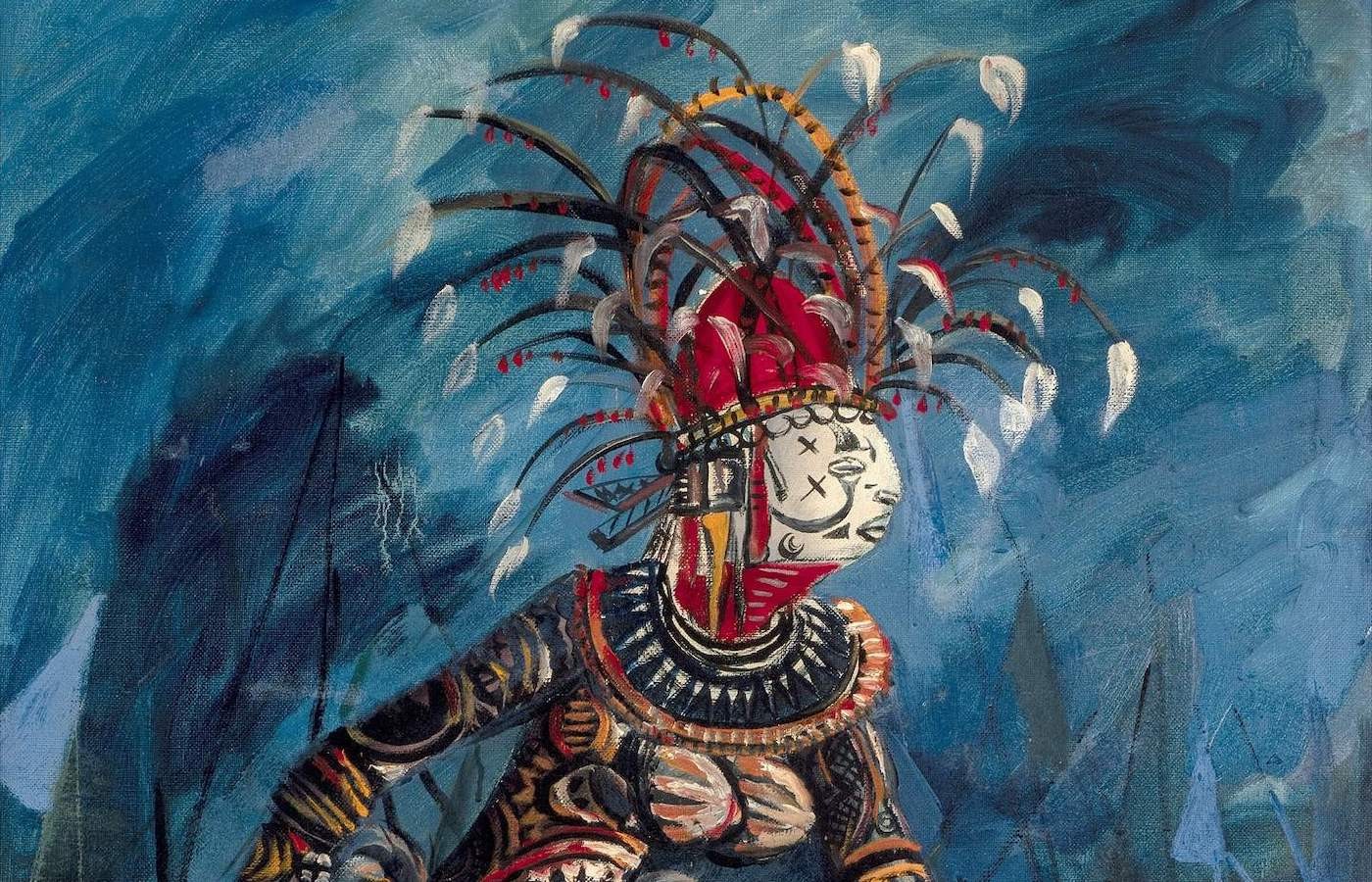
Nigerian Modernism – Group Show
Oct 8, 2025–May 10, 2026
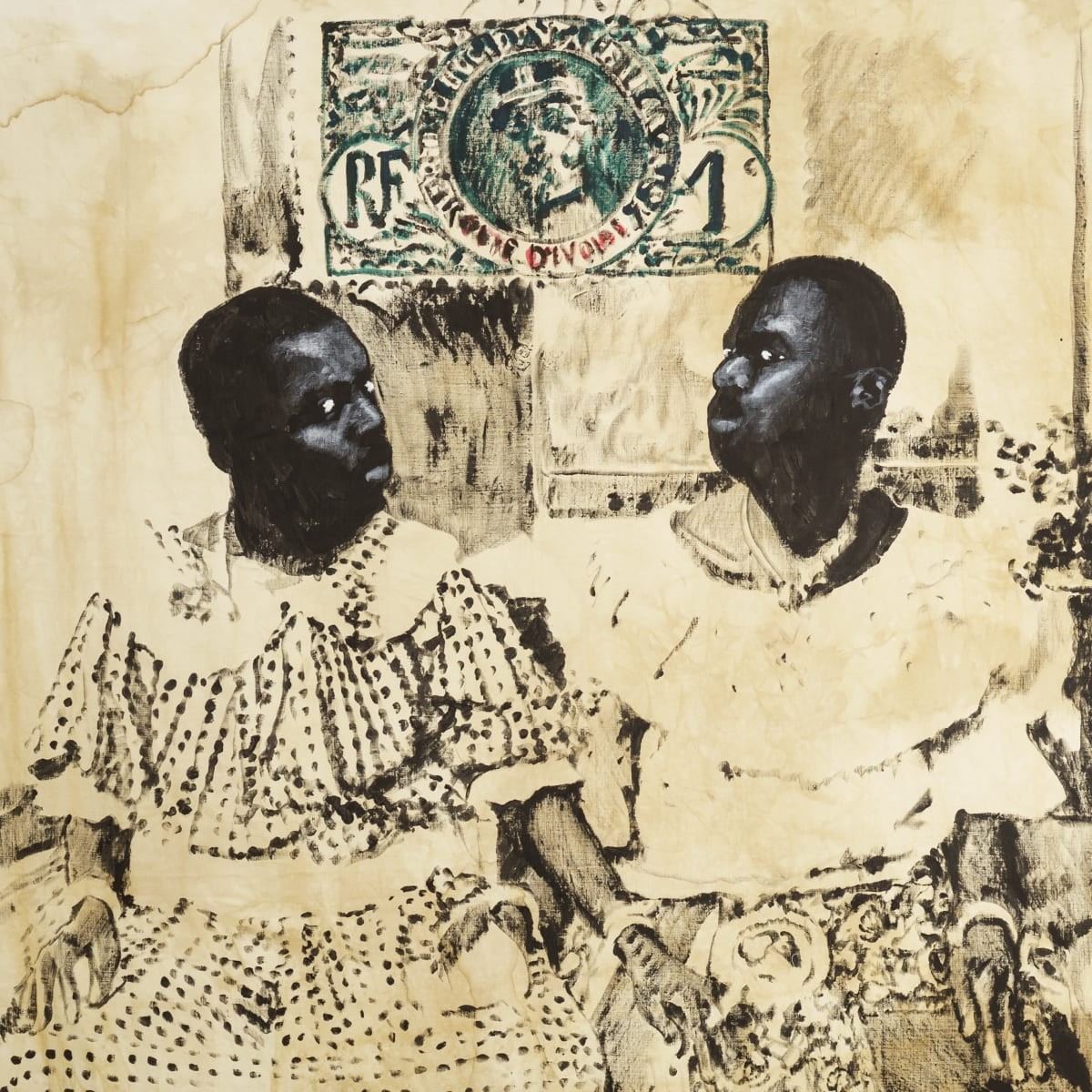
Roméo Mivekannin: Correspondances
Oct 2, 2025–Mar 21, 2026
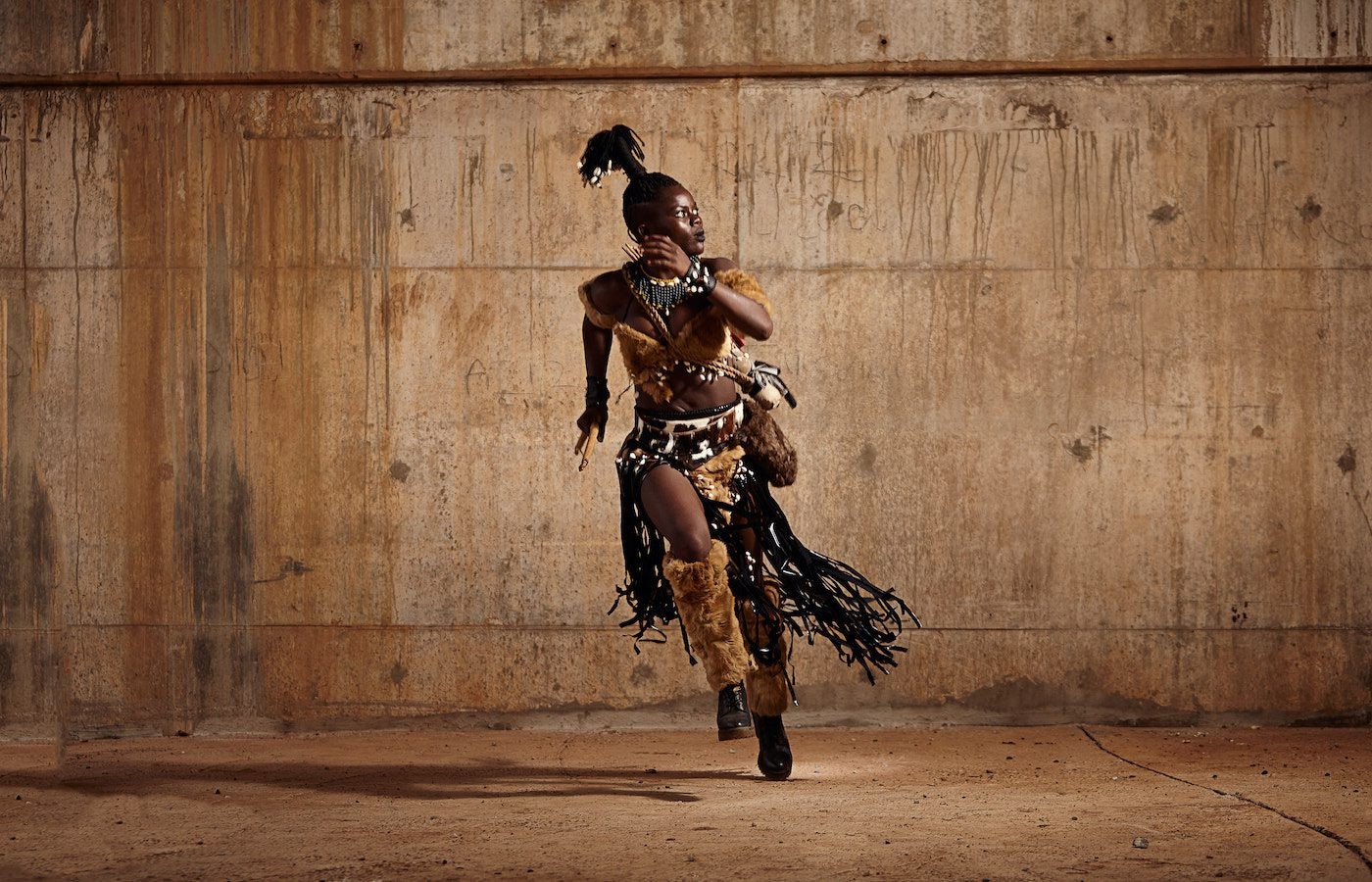
The Writing’s on the Wall (TWTW)
Sep 13, 2025–Mar 14, 2026
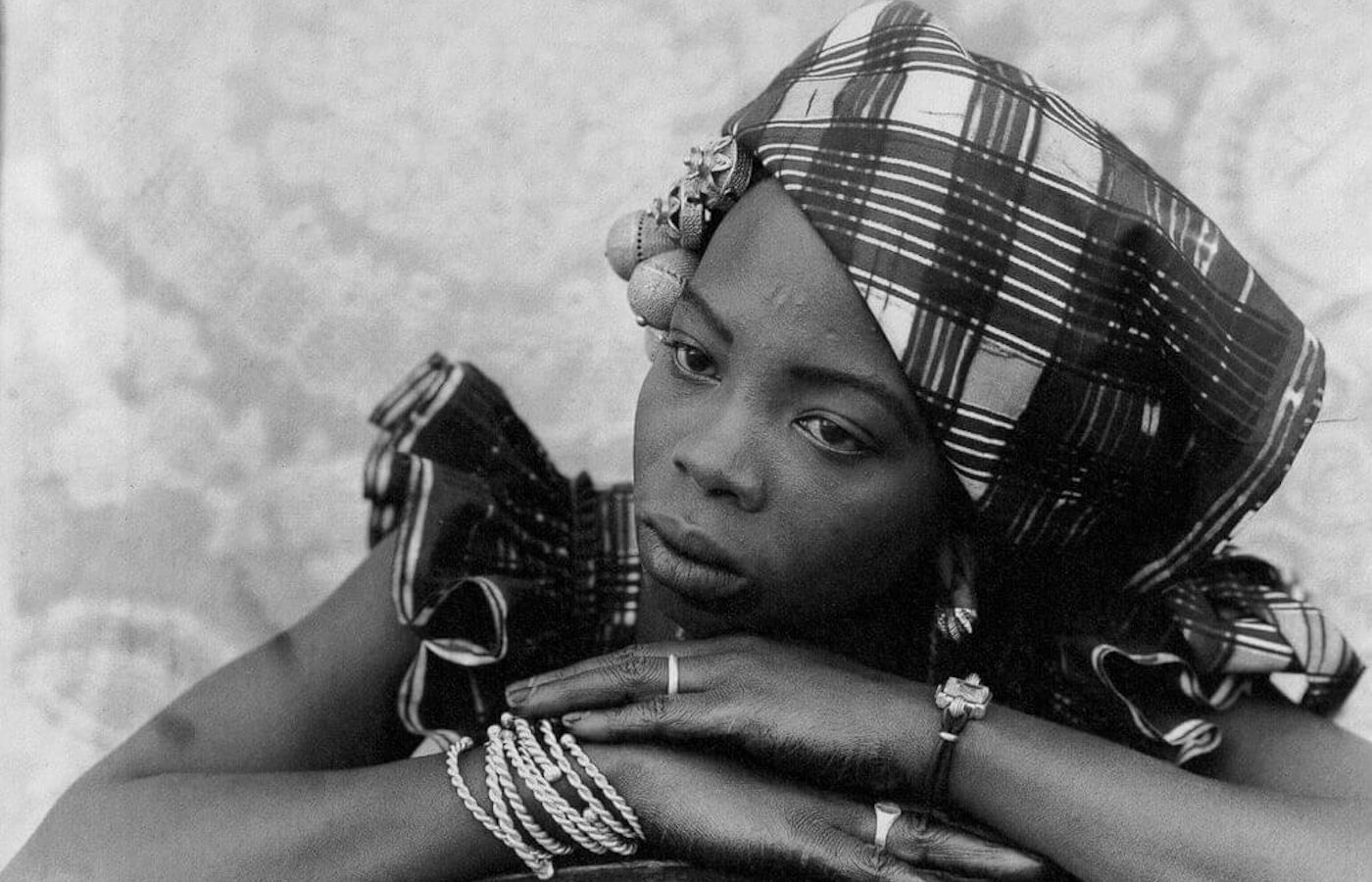
Seydou Keïta: A Tactile Lens
Oct 10, 2025–Mar 8, 2026
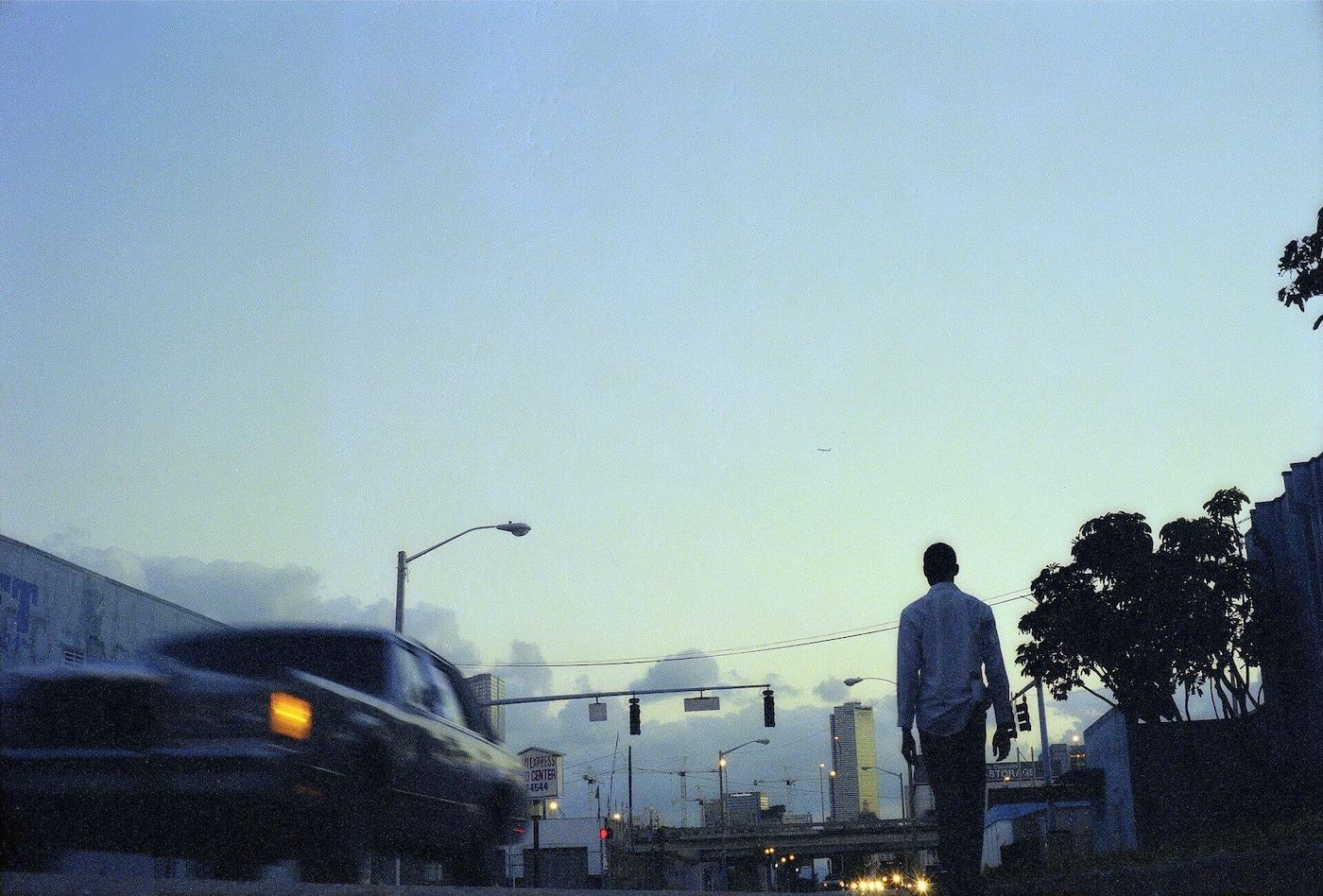
ECHO DELAY REVERB: American Art and Francophone Thought – Group Show
Oct 22, 2025–Feb 15, 2026
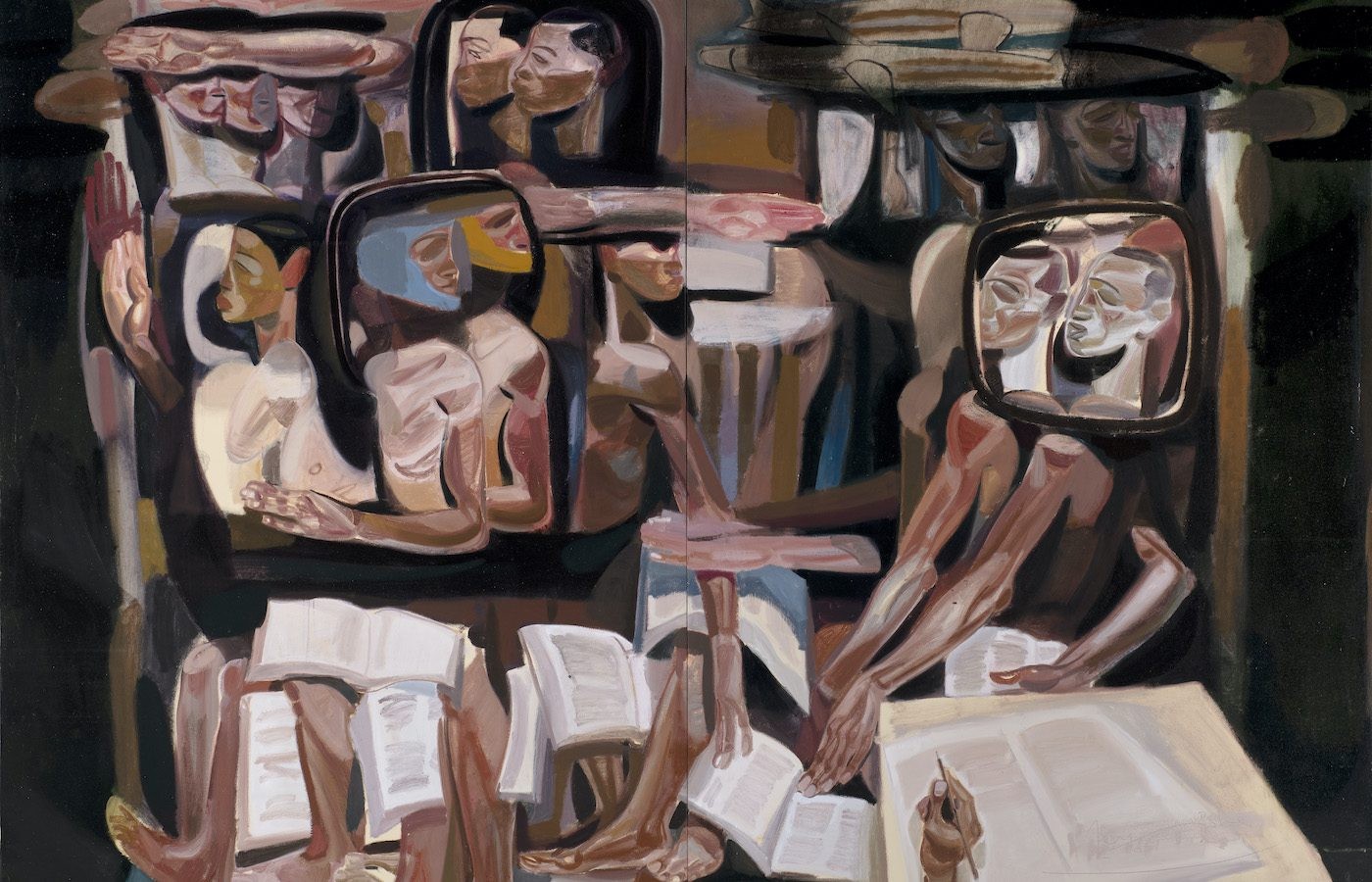
Tesfaye Urgessa: Roots of Resilience
Sep 20, 2025–Feb 15, 2026